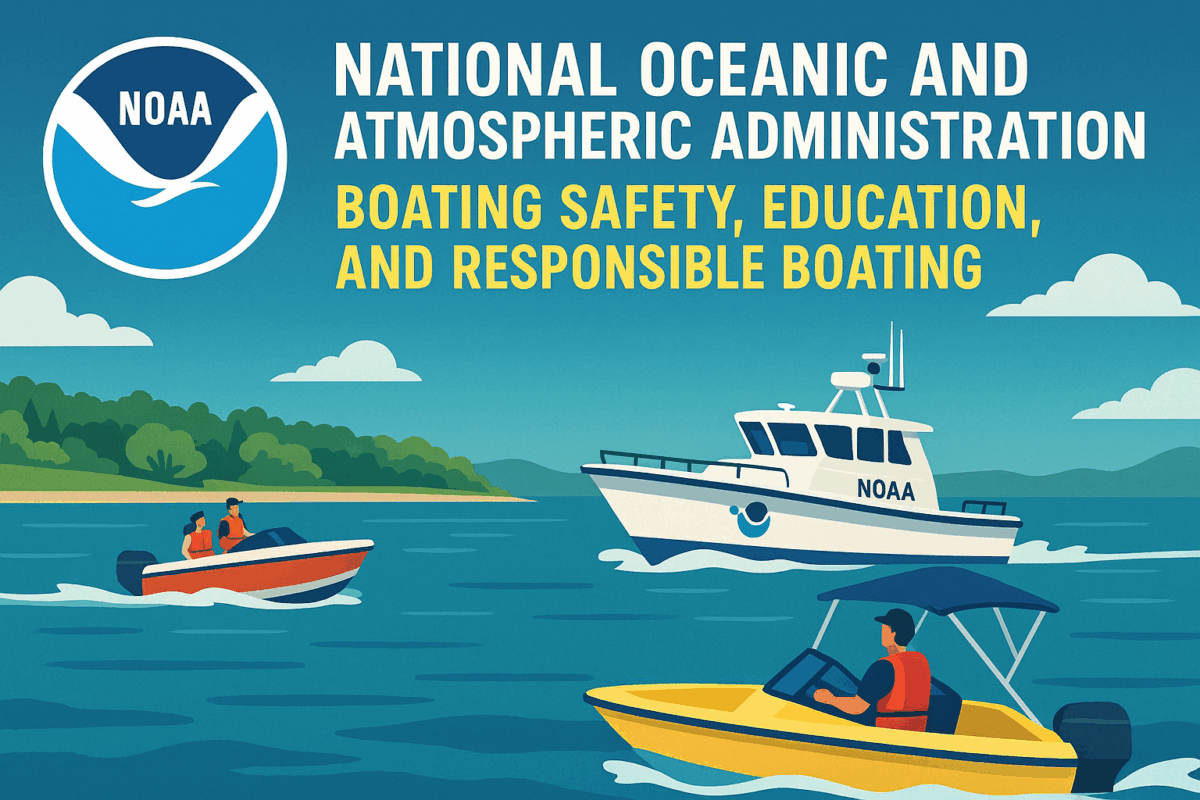Call: 1-800-832-7191

NOAA Long Island Sound Nautical Charts
Navigate with Confidence Using NOAA Long Island Sound Nautical Charts
Boaters exploring Long Island Sound need accurate tools to stay safe. NOAA Long Island Sound nautical charts provide essential information for smart navigation.
These charts show depth contours, hazards, buoys, and shoreline features. With reliable data, boaters avoid accidents and plan efficient routes. Whether cruising, fishing, or sailing, charts help you make informed decisions on the water.
Understand Key Chart Features
Nautical charts include symbols, soundings, and tide information. Depths are marked in feet or fathoms, depending on the chart type. Buoys and markers indicate safe channels and restricted zones. Reading these features correctly improves safety and reduces confusion.
Charts also show underwater obstructions, wrecks, and anchorages. Knowing what lies beneath helps protect your vessel and passengers. Before launching, review the chart for your area and note any updates or seasonal changes.
Choose the Right Format
Boaters can access Long Island Sound nautical charts in paper or digital formats. Electronic charts integrate with GPS systems for real-time tracking. Paper charts offer a reliable backup when electronics fail. Many marinas and boating stores carry updated versions.
Digital charts often include interactive features like route planning and weather overlays. These tools enhance situational awareness and improve trip planning. Choose the format that fits your boating style and equipment.
Stay Informed and Prepared with NOAA Long Island Sound Nautical Charts
Conditions on Long Island Sound change quickly. Tides, currents, and weather affect navigation. Charts help you anticipate these changes and adjust your course. Regularly checking updates ensures accuracy and compliance with local regulations. Too many boaters venture into the waters without ever looking at the nautical chart for that area. Not a smart move. Be prepared.
Using charts promotes safer boating and better decision-making. With the right tools, you explore confidently and protect Connecticut’s waters.
The Helm for all boaters CT DEEP, NASBLA, NOAA, USCG, WSIA
